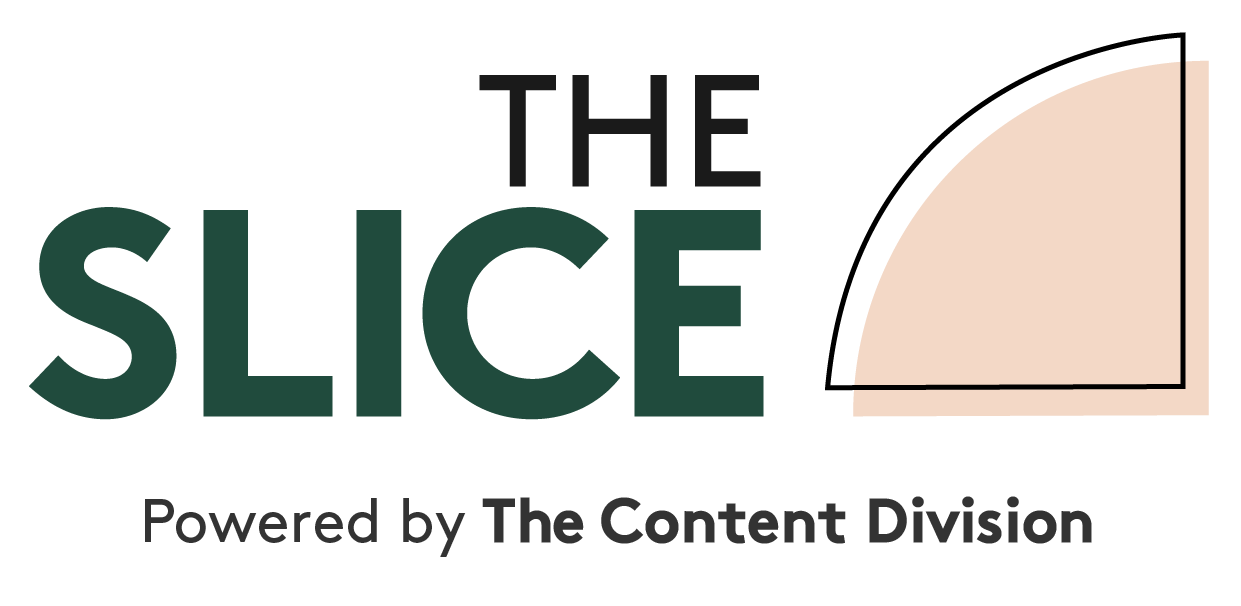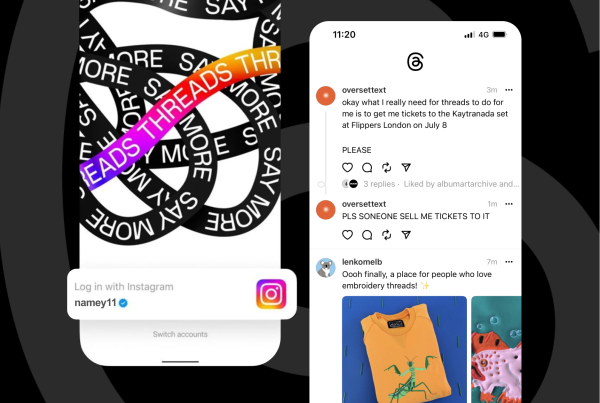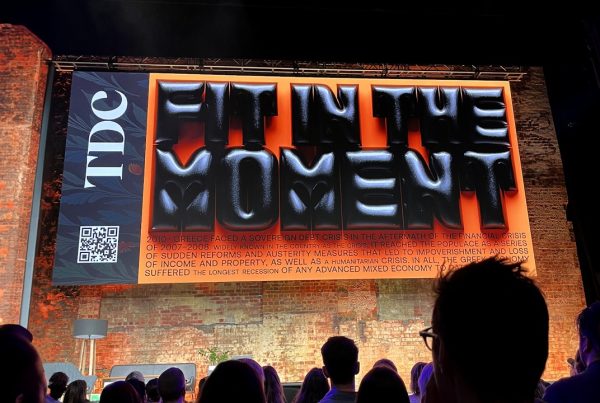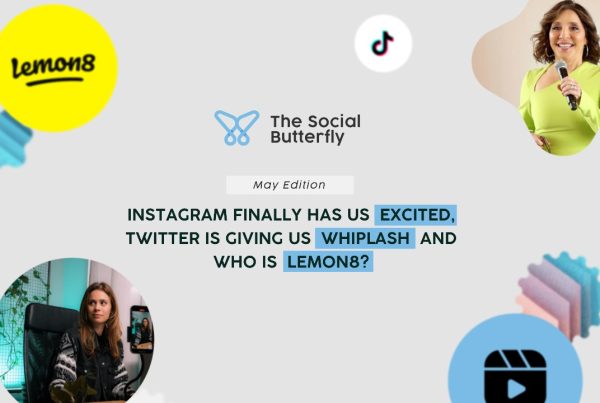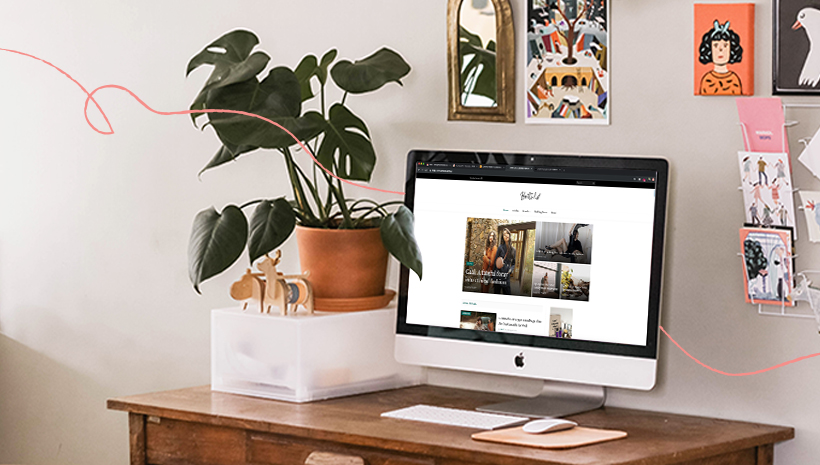
A few years back when I decided to start an online publication about sustainable fashion, I knew the challenge ahead was probably insane, and possibly futile. But I also had an inkling that my tilt on the subject had the one thing that matters: potential.
Writing what is essentially a blog about a topic that has been covered by numerous legacy publications with huge followings and serious search clout wasn’t going to be easy. Any kind of SEO-play is a long game at best, but even more so when content isn’t location based or mainstream.
 Enter Britt’s List – a leading sustainable fashion publication in Australia now drawing more than 50,000 monthly page views organically with an average audience growth rate of 20% month-on-month. I’ve spent less than $4,000 on amplification in two years to build a super niche and high value audience of people looking to buy from ethical brands, not to mention thousands of subscribers.
Enter Britt’s List – a leading sustainable fashion publication in Australia now drawing more than 50,000 monthly page views organically with an average audience growth rate of 20% month-on-month. I’ve spent less than $4,000 on amplification in two years to build a super niche and high value audience of people looking to buy from ethical brands, not to mention thousands of subscribers.
The recipe? Read on.
Getting them there
My initial strategy for Britt’s List was to write and publish honest stories about the brands making genuine efforts in ethical production and sustainability. I had seen a lot of big brands shouting about their sustainability goals and getting a lot of attention without backing up their claims. The smaller players who were genuinely committed struggled to stand out.
Britt’s List, I thought, would be a place where their stories could shine. Of course, in hindsight, that was never going to do. For one, people can’t search for brands if they’ve never heard of them. And the intent was wrong – even if they did search for a brand, they were looking for that brand’s website, not the Britt’s List profile about them.
I started trialling some guides and listicles and slowly saw the audience increasing. That was going to be the bread and butter for the site. Surprisingly, the brand profiles hadn’t gone to waste. They turned out to be an effective strategy for increasing visitor’s pages per sessions and time on site. Furthermore, readers were more qualified. By the time they finally went to the brand’s website, they were ready to buy.
Writing for audience trumps writing for Google
The internet is filled with advice when it comes to writing for search engine optimisation. “Research keywords,” they say, “write ridiculously long blogs” they say, keep paragraphs short, use headings, include lists within your list, link your headings, use multiple heading sizes, Make Sure The Title Is All Capitalized Even Though It’s Grammatically Wrong, and don’t forget to include images and video if you want people to read all of your content.
Holy hell, honestly. And we haven’t even talked about alt-tags, categories, tags and URL structure.
I’ve been writing for web for almost a decade and can assure you that the one tip that tops all SEO advice is to simply write content your audience actually wants to read. No one actually knows exactly how Google ranks content. That’s why all the advice is so hilarious. Of course, there’s things you can do to help Google read your content, like answering the question in the title of your article, using subheadings and adding alt-text to your images, but other than that, it comes down to the content on the page and whether or not people find what they’re looking for.
With Britt’s List, I quickly found that the articles bringing people to the site were the ones that were super helpful. People were looking for brands making underwear ethically in Australia, they were looking for where to shop sustainably in Melbourne, and the top op shops in Brisbane.
Content insights are right in front of you
Once I got the hang of what was working for the site, essentially a mix listicles, guides and brand profiles, I honed in on that. My content calendar consisted of every question my audience had. Lists of ethical underwear, swimwear, sleepwear, basics, menswear, kidswear, and much more.
From there, I measured what worked best and used tools such as Google Console to work out the exact search terms bringing people to the site. A lot of people were coming to the ethical underwear site via a search for organic cotton underwear. So I wrote a separate guide to organic cotton underwear in Australia, plus organic cotton sleepwear and staples too.
Sustainably made shoes quickly led to vegan shoes, which also led to vegan handbags. Brands started reaching out to be featured on the site. Some Googled their own brand to find Britt’s List was ranking above or below their own site. The website was gaining traction with the audience and trust with the search engine.
Sometimes, the longer the better, but not necessarily. Some articles people like scanning, some they like consuming every last word. Popular content across the site attracted and maintained an average time on page of anywhere between 3 and 13 minutes. And you know what they say, Google loves time on page.
Social amplification to kickstart success
Being a new website with zero search clout and no existing audience (email or otherwise), meant I would need to drive people to the website from somewhere else. Facebook made the most sense but of course, I didn’t have a page audience there either. I started sharing Britt’s List content with a humble budget of about $50 per week, targeting Brisbane females interested in shopping and sustainability.
Over the past two years I extended the locations, set up retargeting with custom audiences and trialled different posts and ad types. Facebook for me has been a super effective way of driving traffic when articles first go live, just enough so that search engines can recognise their existence. From there, people find it when they need it.
No tricks in this trade
It has taken me over two years of writing at least an article per week in my spare time, constant updates, tweaking, distributing through social and managing a database and an eDM to get the publication to where it’s at. The site had almost 200,000 page views in 2019 and more than 90,000 unique visitors. Brands, especially small sustainable ones, constantly tell me Britt’s List is in their top sites for referral traffic each month.
I know from referral links that it generates brands on the site anywhere between $1000 – $10,000 in sales per month (per brand). In that sense it’s filled its purpose and if it was owned by a brand it would be an insane asset. But none of this happened overnight, and it’s still not where it needs to be to be sustainable for me.
In 2020, I hope to double traffic again, bring on sponsors, upgrade the brand and grow my email list and open rates. Want to help? Read and subscribe to Britt’s List here. (lol)
